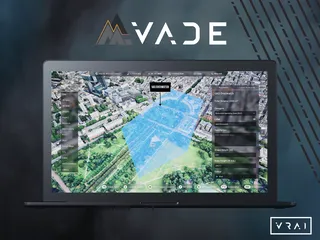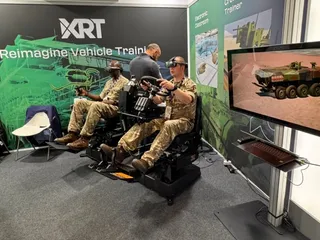Fake it ‘Til You Make it
Contact Our Team
For more information about how Halldale can add value to your marketing and promotional campaigns or to discuss event exhibitor and sponsorship opportunities, contact our team to find out more
The Americas -
holly.foster@halldale.com
Rest of World -
jeremy@halldale.com
Surrounded by silicone livers, a 3D-printed rib cage, and a prosthetic arm covered in third-degree burns lies Frank, a prototype of the world’s most advanced manikin for medical simulations. Fresh off a nationwide tour to train combat medics how to respond to roadside bombs, his right leg is a mangled mess of blood, bone, and silicone, but he’s still serving an important purpose.
Affectionately named after Frankenstein, the roughly 6-foot manikin is part of an ambitious project by the UW Center for Research in Education and Simulation Technologies (CREST) to create an intelligent, customizable model patient that can fit the needs of any medical scenario. The finished manikin will have interchangeable limbs, an internal computer system, and a network of sensors that monitor how a simulation is progressing in real time.
“[Frank] is kind of the logical conclusion,” said CREST director David Hananel. “We’ve been trying to develop these high-tech medical simulators for 25 years, but we haven’t made a lot of progress. It’s really the last three to four years where it’s starting to take off.”
After almost a decade at the University of Minnesota, executive director Robert Sweet moved CREST to the UW last year, bringing with him a diverse team of simulation specialists. Recreating the complex anatomy of the human body requires a wide variety of professionals from all sorts of disciplines, including chemists, engineers, physiologists, computer scientists, and animators.
The CREST team even includes a traditional artist, Jason Speich, who started his career crafting sculptures and now uses those same talents to design immersive simulations. Speich never imagined he would be developing fluorescent silicone kidneys that shine under a blacklight or building a machine that replicates the subtle movement of organs during surgery, but he believes it’s the most fulfilling application of his skillset.
“For me, there’s a lot of similarities between art and a simulation lab like this,” Speich said. “Painting or sculpture can be seen as a way to represent something in a different medium and simulation does the same thing. We’re representing human anatomy in different materials, so it feels very familiar to me.”


